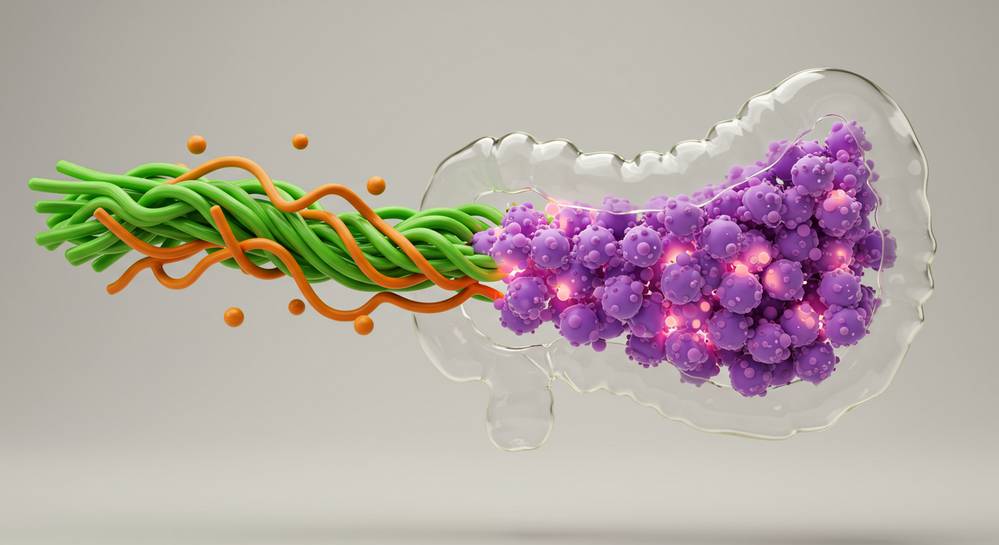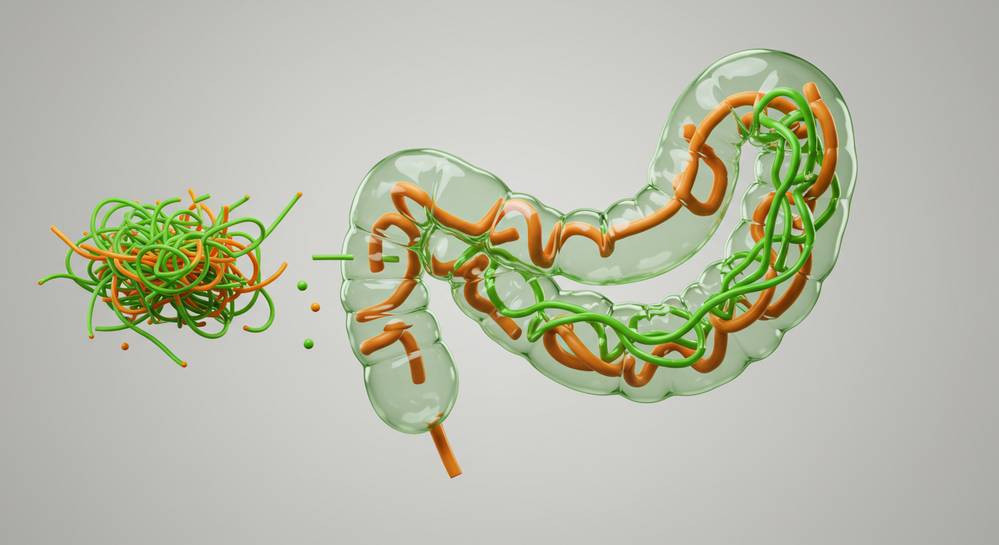Feeling sluggish or irregular? The answer might be simpler than you think and lies right on your plate. Understanding the importance of fiber for digestive health is the first step toward optimizing your gut. This essential nutrient does more than just aid regularity; it is a cornerstone of overall wellness, influencing everything from your energy levels to your immune system. Let’s explore how.
Understanding the two main types of fiber

To grasp the importance of fiber, we must understand it is not a single entity. This indigestible carbohydrate has two primary forms: soluble and insoluble. Each type offers distinct benefits. Differentiating them is the first step toward an effective diet for your digestive health.
Soluble fiber: the gel-forming powerhouse
This type dissolves in water, creating a beneficial gel-like substance inside your digestive tract. This gel is the secret behind many of fibers most praised effects on the body.
- It actively lowers cholesterol by binding to it and removing it from your system.
- It helps stabilize blood sugar by slowing the absorption of sugars after a meal.
- It serves as a prebiotic, nourishing the beneficial bacteria essential for a healthy gut.
Insoluble fiber: the digestive regulator
As its name implies, insoluble fiber does not dissolve in water. Its main job is to add bulk to your stool. This helps food move efficiently through your stomach and intestines, acting like a natural scrub for your system.
- It is your primary tool for promoting regularity and preventing constipation.
- By speeding up transit time, it helps maintain a clean digestive tract.
Fiber as fuel for your gut microbiome

Your digestive system is a bustling ecosystem, home to trillions of microorganisms known as the undefined. This internal world is vital for your health, and fiber is its primary fuel. The importance of fiber for digestive health becomes clear when we see how it nourishes these beneficial bacteria.
When soluble fiber reaches your colon, it is fermented by your gut bacteria. This process creates powerful compounds called short-chain fatty acids, or SCFAs. These are not just byproducts; they are metabolic superstars essential for gut wellness.
SCFAs like butyrate serve as the main energy source for the cells lining your colon. They strengthen the gut barrier, reduce inflammation, and help prevent harmful substances from entering the bloodstream. A strong gut barrier is a cornerstone of health.
By consistently providing this fuel, you help beneficial bacteria thrive and multiply. This fosters a balanced and resilient microbiome. A well-fed microbiome is fundamental for long-term digestive health and a robust immune system.
How to easily incorporate more fiber into your diet
Knowing the benefits of fiber is one thing; putting that knowledge into practice is another. The good news is that fiber is abundant in many delicious and versatile plant-based foods. You can easily boost your intake without drastic changes. Aiming for a variety of sources is key to getting a healthy mix of both soluble and insoluble types, maximizing the importance of fiber for digestive health.
A simple guide to fiber-rich foods
Here is a breakdown of common food groups packed with fiber. Focus on incorporating items from each category into your weekly meals for balanced nutrition.
| Food Group | High-Fiber Examples |
|---|---|
| Fruits | Apples, berries, pears, oranges, bananas |
| Vegetables | Broccoli, carrots, Brussels sprouts, leafy greens |
| Legumes | Lentils, chickpeas, black beans, kidney beans |
| Whole Grains | Oats, quinoa, brown rice, whole-wheat bread |
| Nuts and Seeds | Almonds, chia seeds, flaxseeds, sunflower seeds |
Start with small, manageable changes. Choose whole-grain bread over white, or add a tablespoon of chia seeds to your yogurt. These incremental additions make a significant difference over time.
Potential side effects and best practices for increasing fiber

While the importance of fiber for digestive health is clear, a sudden increase can cause temporary discomfort. Your digestive system needs time to adapt to a higher intake. Being aware of potential side effects and adopting best practices ensures a smooth and beneficial transition without any drawbacks.
Potential temporary side effects
These symptoms are common when you increase fiber intake too quickly. They usually subside as your gut microbiome adjusts to its new, healthier fuel source. The most frequent complaints include:
- Bloating
- Gas
- Abdominal cramping
Best practices for a smooth transition
To avoid discomfort and maximize the benefits of fiber, follow these simple guidelines. A gradual approach is the key to long-term success.
- Go Slow: Introduce new high-fiber foods into your diet gradually over several weeks. This gives your digestive system time to adapt.
- Stay Hydrated: Fiber works best with water. Drink plenty of fluids throughout the day to help it move smoothly and prevent constipation.
- Spread It Out: Instead of consuming all your fiber in one meal, distribute your intake evenly throughout the day to avoid overwhelming your system.
Incorporating adequate fiber is not a temporary diet fix but a lifelong strategy for robust digestive health and vitality. By choosing whole foods and listening to your body, you empower your gut to function at its best. For more insights into a healthier lifestyle, explore the resources on Blog Healthy 24h, your partner in wellness and a trusted source for reliable health information.
